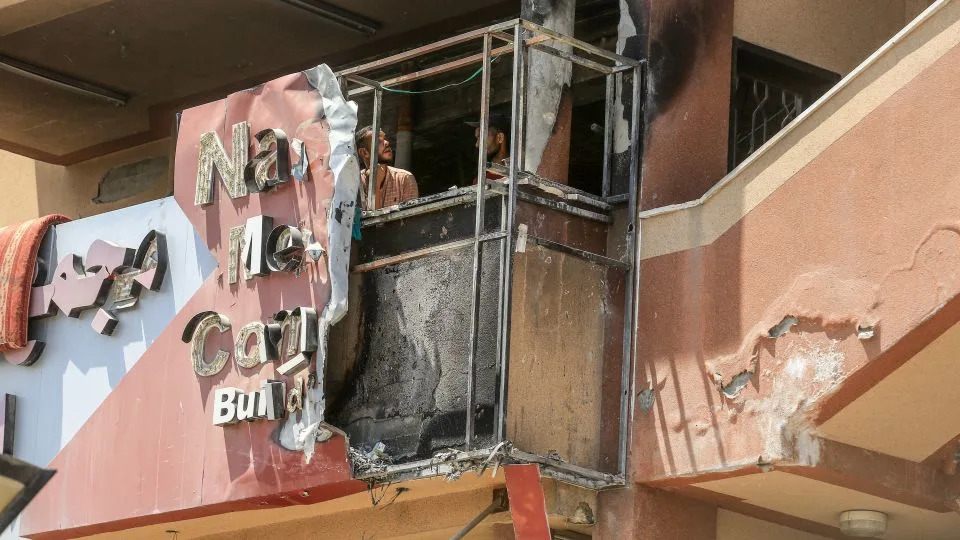
Israel has faced global condemnation for back-to-back strikes on the biggest hospital in southern Gaza this week, which killed at least 22 people, including health workers, emergency response crews and five journalists.
The attack on the hospital came just after 10 a.m. local time on Monday when a balcony at the Nasser Hospital in Khan Younis was hit by what appears to be a tank shell, killing a Reuters cameraman and others. Nine minutes later, as a group of rescue workers and other journalists attended to the victims, they were hit as the Israeli military fired again on the hospital – a tactic known as a “double tap.”
New video obtained by CNN reveals that this second “tap” was in fact two near-simultaneous strikes. These second and third strikes appear to have caused most of the deaths.
Intentionally attacking rescue workers, journalists and other civilians is a violation of international humanitarian law and a war crime.
On Monday, Israeli Prime Minister Benjamin Netanyahu conceded the incident was a “tragic mishap.”
But on Tuesday, the Israeli military defended the assault on the hospital, claiming that six “terrorists” had been killed in the attack, which it said was directed at a “camera that was positioned by Hamas.” The Israel Defense Forces (IDF) said it was continuing to investigate “several gaps” in its understanding of what happened. It insisted that the IDF “does not intentionally target civilians.”
Here is what we know about how the double-tap attack unfolded:
The first strike hit the exterior staircase of the Nasser Hospital, where Reuters cameraman Hussam Al-Masri was filming, at about 10:08 a.m. local time in Gaza (3:08 a.m. ET). Al-Masri was killed and his camera feed went black.
Roughly nine minutes elapsed between the first strike and the later two, during which first responders, civil defense workers and journalists rushed up to the fourth-floor site to attend to the initial victims and document the attack.
Hatem Omar, another Reuters contractor, was filming the recovery efforts from above, as can be seen in this clip:
Meanwhile, from the ground below the hospital, Al Ghad TV was broadcasting live video of the first responders on the staircase. In this clip, Omar can be seen in the red t-shirt, filming the first responders:
Moments later, at 10:17 a.m. local time (3:17 a.m. ET), the second and third strikes hit. CNN does not typically publish footage that shows the moment people are killed; this clip, taken from the same video, shows the immediate aftermath:
Omar, who was wounded, told CNN from his hospital gurney on Monday: “Journalists, patients, nurses, civil defense were on the stairs. We were directly targeted.”
A frame-by-frame analysis of another video obtained by CNN of the same moment makes it clear that two more munitions were fired at the hospital. One shell hits the staircase where first responders had gathered; a fraction of a second later, another explodes at almost the same spot.
The two near-simultaneous shells seen in the new video are likely to be from “multi-purpose” tank guns, such as the Israeli M339 model, according to an analysis by weapons specialist N.R. Jenzen-Jones, who is the director of Armament Research Services. The damage seen following the strikes is consistent with this type of munition, he said, “with clear evidence of blast and fragmentation damage.”
“The impact of two projectiles at nearly the exact same moment suggests two tanks may have fired on the target simultaneously,” Jenzen-Jones told CNN. “It’s hard to read too much into that, but it suggests a more carefully coordinated attack, rather than a single vehicle firing at a ‘target of opportunity’. Modern tank guns, supported by the sensors and systems of modern tanks, are very precise.”
When asked about the third shell, the IDF said it had no further comment.
In gruesome video filmed after the second and third strikes, scores of bodies can be seen on the staircase on both the top floor and the floor below. After victims were taken inside the hospital, photos taken by an employee of the Gaza Ministry of Health show blood staining multiple floors of the stairwell.
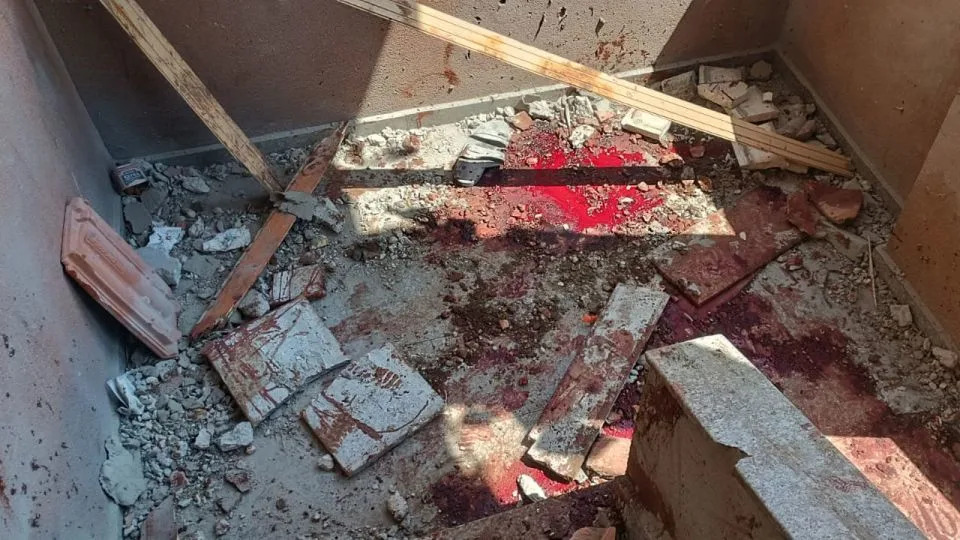
The five journalists killed were Reuters contractor Al-Masri, freelance visual journalists Mariam Abu Dagga and Moath Abu Taha, who both worked with the Associated Press (AP) and Reuters throughout the war, freelance journalist Ahmed Abu Aziz, and Mohammad Salama, a cameraman for Al Jazeera in Gaza.
The fourth-floor balcony and staircase area of the Nasser Hospital was frequently used as a live camera position by Reuters, the Associated Press and other global media outlets. The location was also known to be used by journalists searching for cell signal to upload their material. This photo taken on June 12 shows a group of journalists working from the balcony, including two of the victims, Mariam Abu Dagga and Moath Abu Taha.
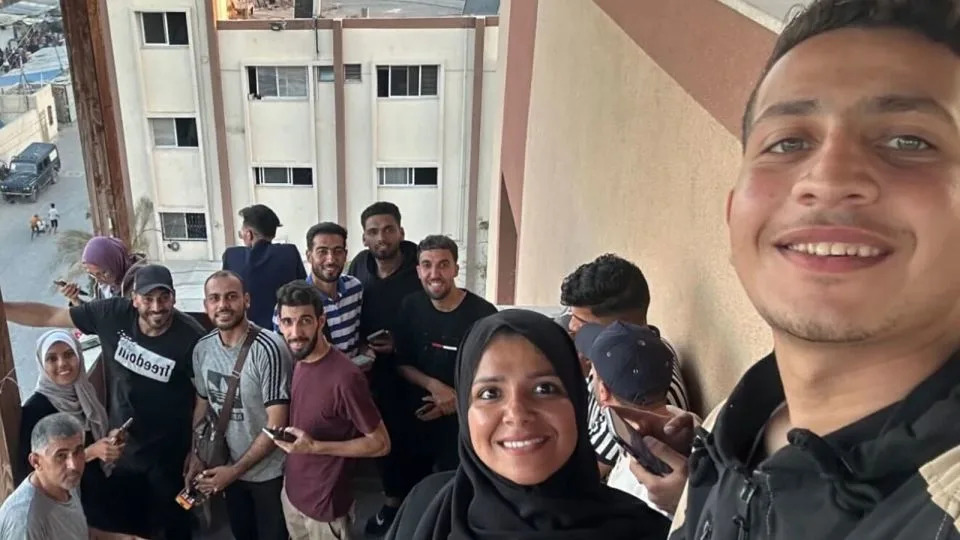
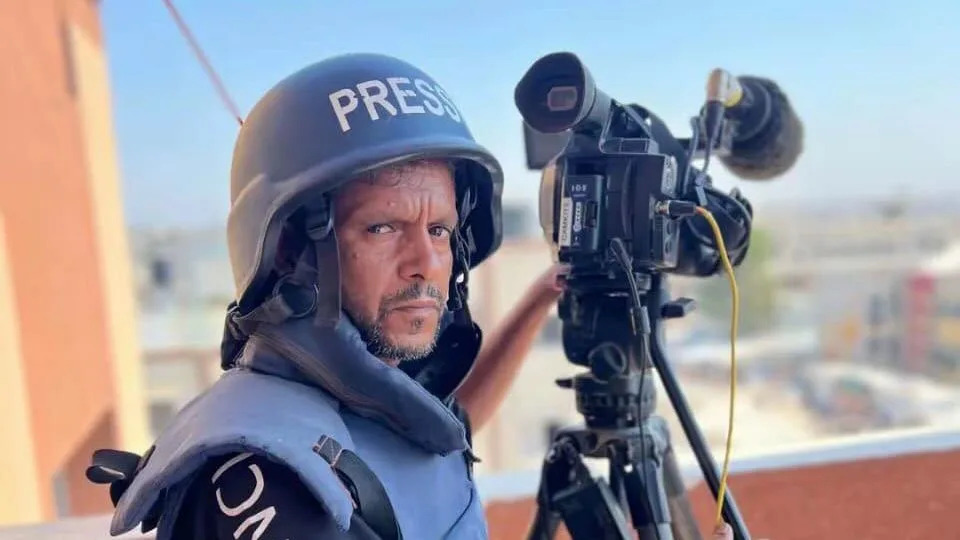
Another photo taken about a month ago shows Reuters cameraman Hussam Al-Masri working from the same staircase where he was killed on Monday.
Video posted to Mariam Abu Dagga’s Instagram page in June shows several journalists working from the same spot.
Video shows the projectiles that hit the hospital staircase were coming from the northeast and were consistent with tank shells, according to an analysis by Trevor Ball, a former US Army senior explosive ordnance disposal team member. The aftermath of the strikes is also consistent with fragmentation damage from tank shells such as the M339 model, Ball told CNN.
A satellite image taken by Planet Labs on August 22 shows more than a dozen combat vehicles, including tanks, at an IDF base a mile-and-a-half northeast of Nasser Hospital. Multiple other IDF bases are further northeast, as well as in other directions. It is not clear whether the shells came from those nearby tanks or from another IDF position.
The Committee to Protect Journalists (CPJ), Doctors Without Borders (MSF), the UN Secretary-General Antonio Guterres and many international organizations have condemned the strikes. Countries including Canada, the UK, Germany, Switzerland, Qatar, Saudi Arabia, and Kuwait also denounced the attack.
Nasser Hospital is the only hospital still operating in southern Gaza, and healthcare workers have said that pressure on the medical center is becoming unbearable as actions by the Israeli military have forced the closure of other hospitals.
“For the past two years, we have all been subjected to killing, destruction and starvation,” said Salah Mansour, surgical department supervisor at Nasser Medical Complex, in a testimony to the nonprofit organization Medical Aid for Palestinians. “Medical staff and hospitals are supposed to be granted the highest level of protection under international law, yet here we are, pleading for our safety as healthcare workers.”
Since the strikes, Israel’s statements have evolved. An initial IDF statement did not acknowledge hitting the hospital directly and did not mention killing anyone connected to Hamas.
Later on Monday, Prime Minister Benjamin Netanyahu said that Israel “deeply regrets” what he described as a “tragic mishap” at Nasser hospital. “Israel values the work of journalists, medical staff, and all civilians,” he added in a statement.
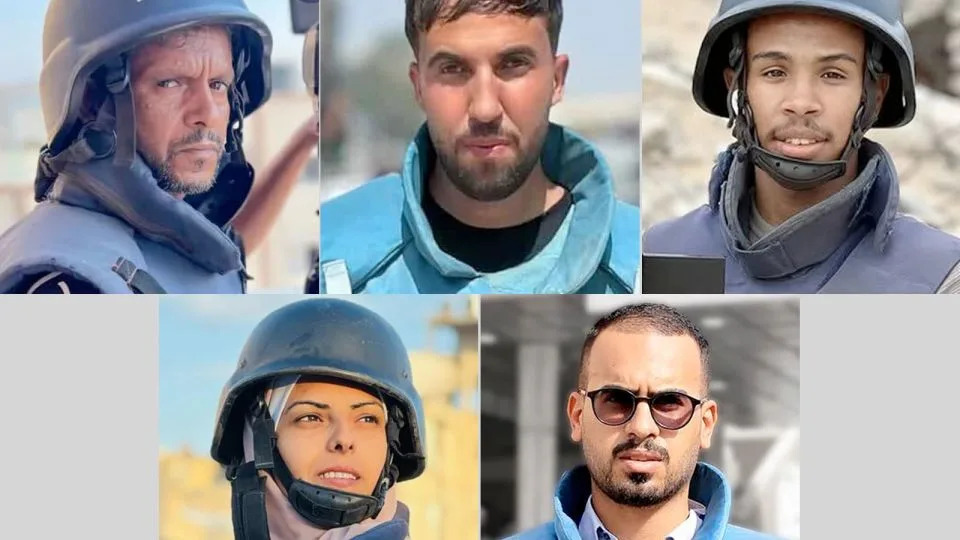
On Tuesday, the Israel Defense Forces released an updated account, saying it “appears” that an Israeli brigade “identified a camera that was positioned by Hamas in the area of the Nasser Hospital that was being used to observe the activity of IDF troops, in order to direct terrorist activities against them.”
The IDF statement did not address the second strike and did not explain why it believed the camera was positioned by Hamas. It also did not say how Israel distinguished the camera it claims was used by Hamas from press cameras known to operate from the balcony.
While saying that troops “operated to remove the threat” of the camera, the IDF also claimed in its statement that “six of the individuals killed” in the strikes on Nasser Hospital were terrorists.
Separately, a security source told CNN that none of the journalists killed on Monday were targets of the strike.
On Wednesday, Hamas and Gaza health officials disputed the IDF account, saying that two of the individuals named by Israel were killed at other locations in Khan Younis. Dr. Yousef Abu Al Rish, deputy minister of health in Gaza, told CNN that Israel appeared to have taken records for the day from the local morgue and named some of the dead as terrorists, even if they weren’t killed in the Nasser Hospital attack.
In its Tuesday statement, the IDF said it would “examine several gaps” in its understanding of the attack. This would include examining the “authorization process prior to the strike” and “the decision-making process in the field.”
An Israeli security official with knowledge of the initial inquiry into the strikes told CNN on Monday that IDF forces received authorization to strike the camera with a drone. But instead, Israeli forces fired two tank shells, the source said – the first at the camera and the second at rescue forces.
This comment by the security source is the only acknowledgment from an Israeli official that it intentionally targeted the first responders that arrived at the scene after the initial strike.
“(Humanitarian law) says that you can only harm civilians if it’s absolutely necessary to achieving a legitimate military goal and, therefore, there is a proportionality that is always at play,” Hurst Hannum, professor emeritus of International Law at Tufts University, told CNN regarding the strikes.
“It seems like, to me, an extreme use of force by simply shelling the hospital to get this camera – not only once but twice,” Hannum said. “And I think the burden of proving that this was proportional and the only way in which Israel could deal with a threat to their IDF is far-fetched at best.”
Reuters and the Associated Press issued a joint letter to Israeli officials to demand an explanation for the strikes that killed journalists, writing: “These journalists were present in their professional capacity, doing critical work bearing witness. Their work is especially vital in light of Israel’s nearly two-year ban on foreign journalists entering Gaza.”
In an obituary for Al-Masri, Reuters wrote that he was an experienced cameraman and father of four who was “responsible for the feed Reuters broadcast daily from Nasser Hospital, which provided a constant real-time display of Gaza and was used by Reuters media clients around the world.”
A Reuters spokesperson told CNN that “Reuters did not inform the IDF of our cameraman’s specific location at Nasser hospital,” unlike earlier in the conflict when the media organization would share locations of its teams “in an effort to ensure they would not be targeted by the IDF.”
“Reuters has frequently broadcast a feed from Nasser hospital during the war. For the past several weeks, we had been delivering daily feeds from the hospital position that was hit,” the Reuters spokesperson said Wednesday.
CNN’s Kareem Khadder, Paula Hancocks, Mohammad Al Sawalhi, Tareq Al Hilou, Oren Liebermann, Max Saltman, Dana Karni and Maeva Labbe-Maalouf contributed to this report.
For more CNN news and newsletters create an account at CNN.com

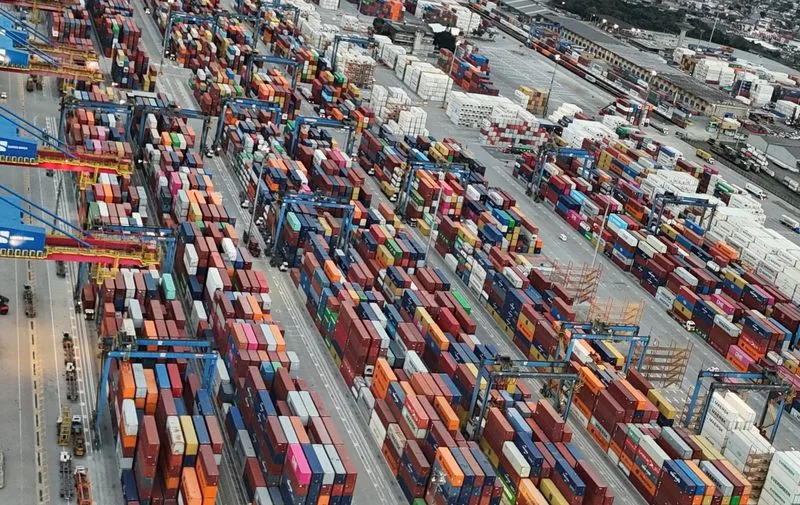
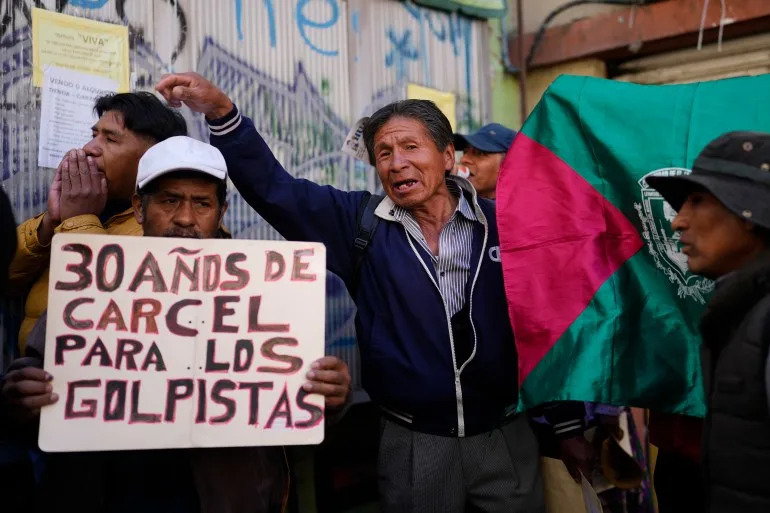
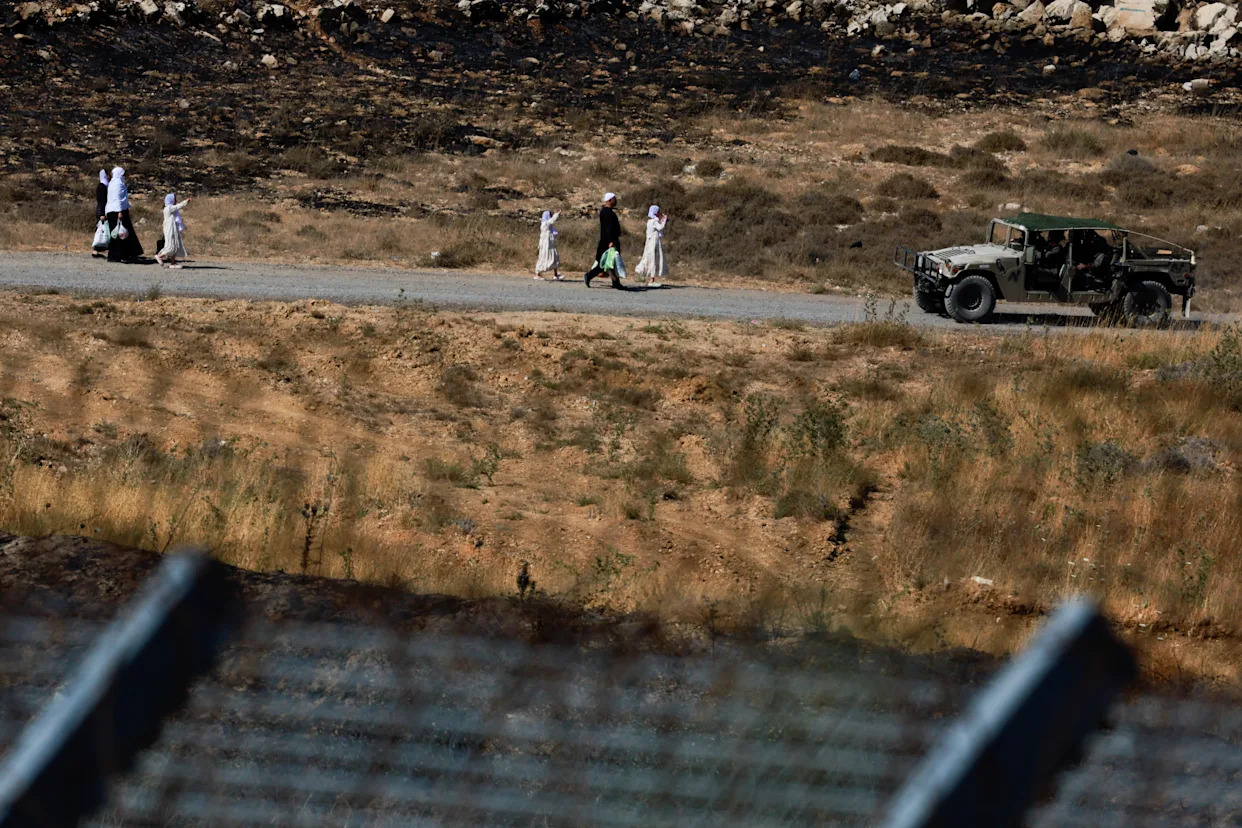

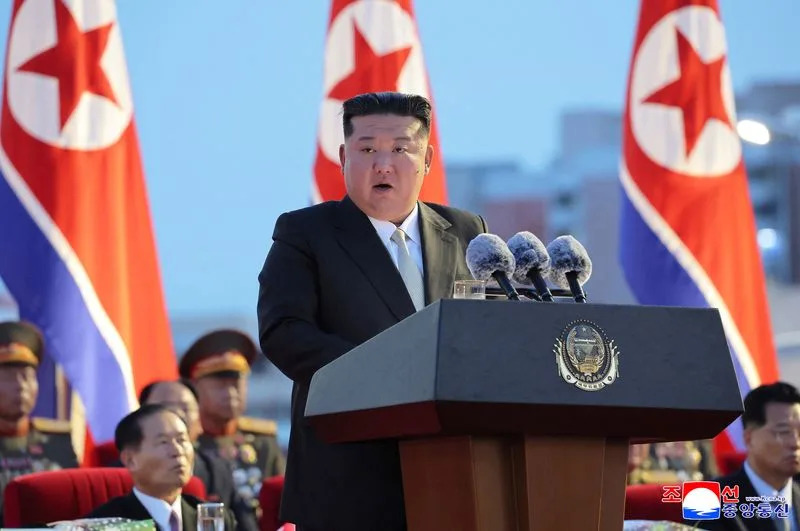

Comments